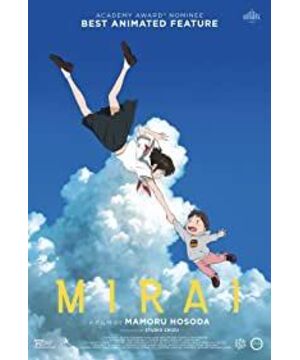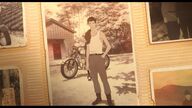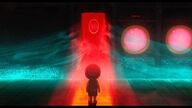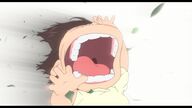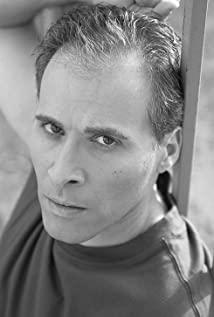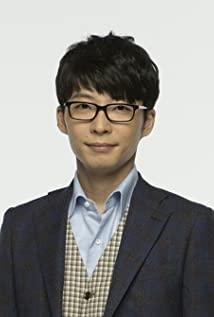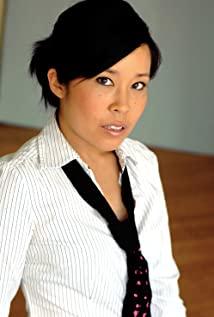"Focus on people's consciousness and emotional relationship, cut off and discard the unnecessary parts from the large chunk of time composed of huge and solid life events, and leave only the components of the finished product, so as to complete the shaping of time. ." The essence of the image is the observation of a phenomenon that travels through time, intercepting the soft and poetic parts from the meticulous fragments of life, and bringing emotional and fluid perceptions in the combination of seemingly meaningless fragments. Thus discovering new meanings. "The Future of the Future" is the sculpture time of Hosoda Mamoru. While retaining the established author's style, it breaks the smooth perception brought by the linear narrative in the traditional sense, and uses a very fine diary-style mode to confuse time and space. The viewer's emotions evolve organically with the images, creating beautiful poetic gaps in everyday life. "Scatter the bits and pieces directly on all sides of the small garden, form leaf veins and branches in various 'underworlds', break away from the narrative of time, take the small Shinkansen to observe the diluted memory, and play the small box garden. "The Future of the Future" is undoubtedly personal, a creative presentation full of cinematic sense, the warmth of universal value spreads, old wine brews new, Very surprised.
In terms of painting style, "Future of the Future" maintains Hosoda Mori's "shadowless" styling style as always, with simple outlines and lines, and the facial features are pointed to the point. The frequent changes in color matching and the grasp of light and shadow are used to create a three-dimensional sense. "When the viewer faces the flying objects in front of him, he can make a judgment without any effort." This simple outline of the shape can enable the viewer to better focus on the movement state of the characters and the dispatch of the scene. And the mirror processing to go. Hosoda Mori has repeatedly called himself a "fix-ism" director, preferring fixed shots, following balanced compositions and long-shot presentations. However, the implementation form of this balanceism is extremely rich and extremely cinematic. In "The Future of the Future", in the part of real scenes, Mamoru Hosoda continued to carry out his love for fixed shots, while in the hypothetical fantasy scenes, he concentrated on showing the charm of moving shots. For example, when the little boy first arrived in the courtyard, in a dreamy and surreal hypothetical scene, he showed a very expressive scheduling style. The style of mimetic movement is undoubtedly a breakthrough in free imagery. In the performance of long shots, the characters' own movements are used to change the scene and the shooting angle, and the long shots are regarded as a scheduling system to complete the smooth rendition of the action, which is colorful.
Hosoda Mori's idea of space expansion is actually quite interesting, "Let the growth of children continue to jump in different historical scenes, showing an interaction of organic images." For example, staggering the linear time, using the free movement of the camera to expand the room In the parallel transformation, it presents the tediousness and anguish of taking care of children. This kind of panning long shot is also presented in "Summer Wars", but it is more innovative in "Future of the Future".
Video has always been an existence that can be separated from narrative. As early as the Neorealism period, Antonioni proposed "plotless film". The surprise construction after the traditional montage editing and dramatization story has been eliminated, which also indicates the serious polarization. Watching a movie is a kind of watching with delicate emotions, which can be conveyed by the splendor and meticulousness of the narrative, and can also be shaped by the image itself. The foreshadowing of a large number of family trivial fragments in "The Future of the Future", although it is cumbersome and plain, is also full of beautiful and lovely atmosphere. The protagonist's shaping is relatively full, and it will not be monotonous. In spanning time and space, participating in the history of family members In the process, the arc of characters is realized and the self-worth identification is completed.
The works are very delicate and warm, and the emotions presented are also very full. It is indeed the sculpture time of Mamoru Hosoda.
View more about Mirai reviews


